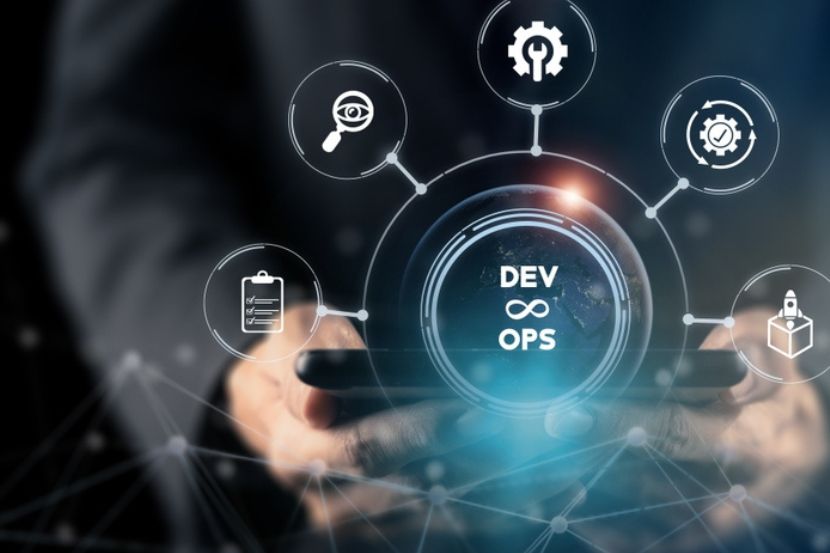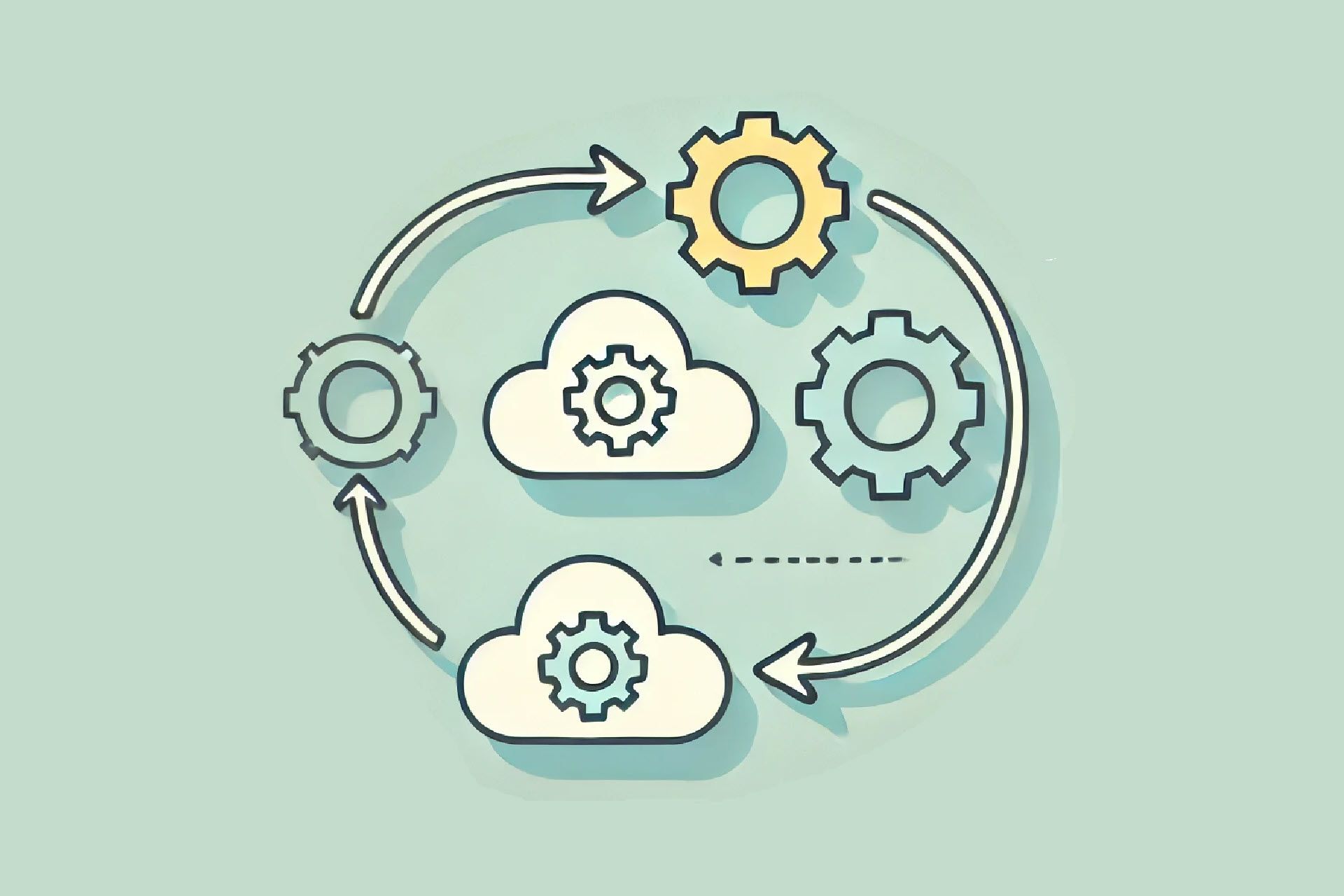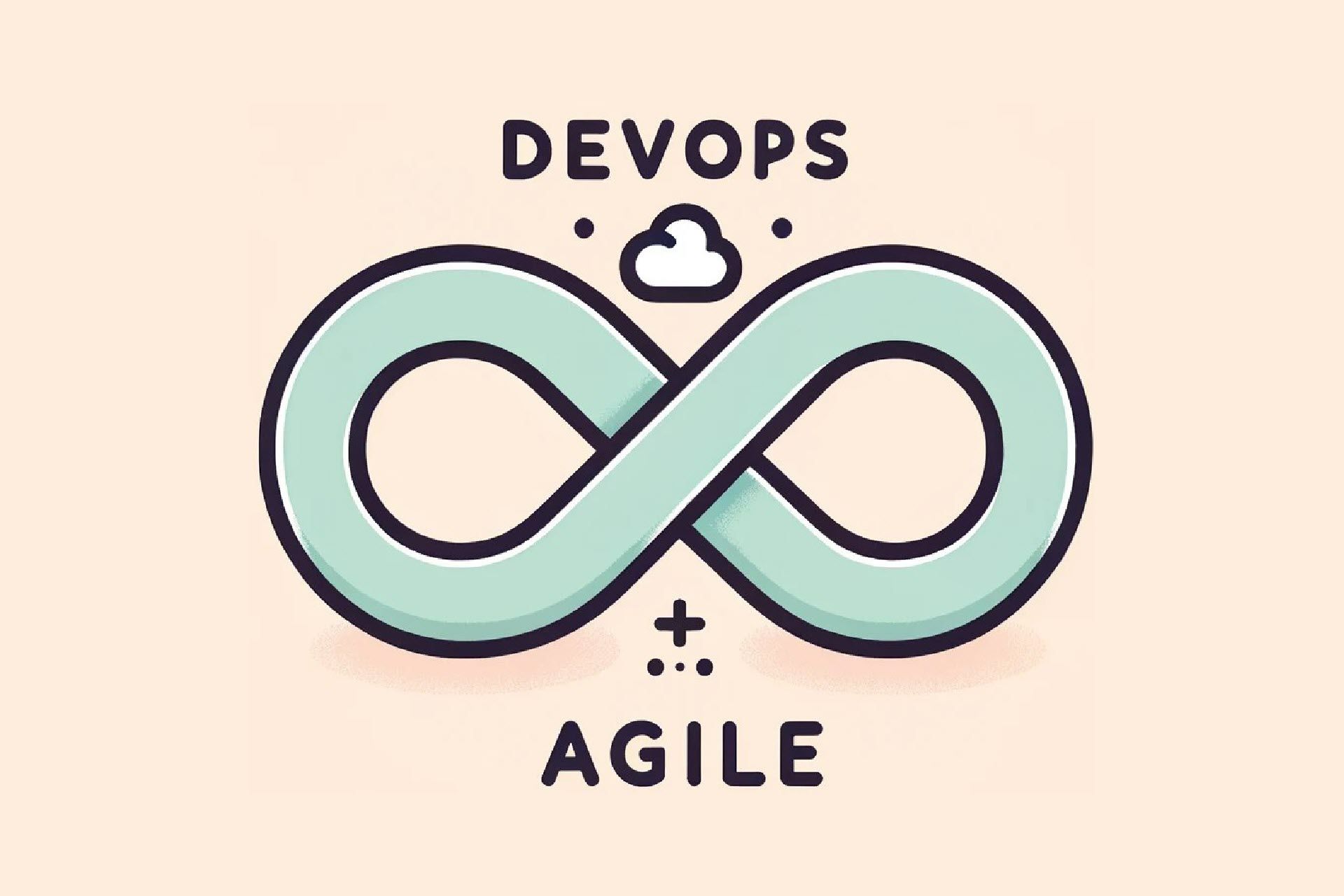DevOps has revolutionized the way organizations develop, deploy, and maintain applications. However, upholding security in a DevOps environment is a serious concern organizations must address in order to keep software development isolated from cyber threats while maintaining agility, production speed, and cross-team collaboration.
This article explains everything you need to know about DevOps security, how it is integrated into a DevOps culture, and why it is vital for protecting your products from vulnerabilities.

What Is DevOps Security?
DevOps security, often referred to as DevSecOps, involves practices that ensure the security of operations at each stage of the software development lifecycle. It advocates the application of security measures from the beginning of the process rather than just at the end. Embedding security into every phase of software development reduces the risk of vulnerabilities and improves code quality.
DevOps security relies on continuous collaboration between developers and security teams. This collaboration ensures that security is not sacrificed for the sake of development speed and innovation. DevOps security involves practices such as automated security testing, continuous integration and delivery (CI/CD), and real-time monitoring. This enables organizations to quickly deploy applications that are resistant to threats and comply with regulatory requirements.
Learn how to stay on top of cyber threats to your software and mitigate them before they cause further damage through threat modeling.
How Does DevOps Security Work?
The DevSecOps approach embeds IT security policies and tools into every software development phase, from the initial planning stages to final product deployment.
During the planning stage, security threats are identified so that controls can be incorporated into the design. As the project progresses, developers use static and dynamic code analysis to identify and fix vulnerabilities. This is combined with automated security testing in the CI/CD pipeline, ensuring that security checks are performed consistently at each development stage. Finally, in production, applications are monitored for anomalies and weaknesses.
Aside from continuous monitoring and remediation, DevOps security enables organizations to enhance their security knowledge and improve their practices. The culture of collaboration between different teams enables organizations to deliver high-quality software quickly while maintaining a proactive approach toward security, treating it as an essential component rather than an add-on.
What Are the Components of DevOps Security?
DevSecOps is composed of several components that play a crucial role in ensuring security, including:
- Secure coding practices. Developers are trained to write secure code according to the highest standards.
- Automated security testing. Security testing tools are integrated into the CI/CD pipeline, including Static Application Security Testing (SAST) for analyzing vulnerabilities in the source code, Dynamic Application Security Testing (DAST) for testing running applications, and Interactive Application Security Testing (IAST), which combines SAST and DAST practices.
- Compliance monitoring. Involves regularly checking if development and deployment practices and tools comply with regulatory standards that guarantee security.
- Vulnerability assessment and management. This includes the frequent scanning of applications and infrastructure for vulnerabilities, as well as the prioritization of findings.
- Identity and access management (IAM). Ensures only authorized personnel have access to resources in the DevOps pipeline and regularly checks for suspicious access attempts.
- Secure configuration management. Involves implementing security practices, including automation, when configuring servers, applications, and other components.
- Secrets management. Sensitive data, such as passwords, tokens, and keys, is safeguarded to prevent unauthorized access.
- Container security. Container images, runtime environments, and communication are secured with stringent security measures.
- Continuous monitoring and response. Prioritizes real-time monitoring to ensure accurate and timely responses to potential threats in the DevOps environment.
- Security culture and training. A security-focused DevOps culture is fostered by regular security awareness training to ensure all teams remain vigilant against suspicious activities.
DevOps Security Tools

Here are the DevSecOps tools that represent the pillars of robust DevOps security.
- Static Application Security Testing (SAST) tools analyze the source code at rest to detect vulnerabilities such as buffer overflows, SQL injections, or cross-site scripting before running the application.
- Dynamic Application Security Testing (DAST) tools test for vulnerabilities while the application is running. They identify runtime issues, session management problems, and other operational vulnerabilities.
- Interactive Application Security Testing (IAST) tools combine aspects of SAST and DAST to provide real-time feedback from both the static and dynamic points of view.
- Container security tools secure containerized applications, assess container runtime environments, and scan container images for vulnerabilities.
- Configuration management tools assist in the automation of server and application configurations to reduce the risks of human error.
- Secrets management tools manage sensitive data such as passwords, tokens, and API keys.
- Infrastructure as Code (IaC) scanning tools analyze the code teams use to define and provision cloud infrastructure.
- Identity and Access Management (IAM) tools manage user identities and control access to ensure that only authorized personnel can access sensitive data and resources in the DevOps pipeline.
- Compliance monitoring tools continuously monitor if security policies comply with the highest regulatory standards.
- Security Information and Event Management (SIEM) tools analyze security alerts generated by applications and network hardware in real-time to provide continuous insights into security events.
Why Is DevOps Security Important?
DevSecOps is essential for organizations for many reasons, including:
- Enhanced security. DevSecOps makes security a fundamental component of developing and deploying software and applications.
- Faster response. Organizations can detect and respond to threats more quickly when security is a constitutive element of the CI/CD process.
- Compliance. DevOps security helps organizations comply with regulations, such as GDPR, HIPAA, and PCI DSS, since compliance is embedded in each step of the DevSecOps process.
- Lower costs. DevOps security identifies threats early, helping to minimize financial damage, such as remediation costs and legal fees tied to security breaches.
- Trust and reputation. DevOps security mitigates risks, strengthening customer and vendor trust in an organization.
- Collaboration and efficiency. DevSecOps is founded on collaboration between teams that share responsibility for security, ensuring efficient and uninterrupted workflows.
- Agility and innovation. Organizations remain agile in accordance with the DevOps philosophy while at the same time being vigilant and implementing the latest security practices.
- Scalability and reliability. DevOps security enables systems to scale as projects grow, without compromising security and reliability.
- Proactive risk management. DevSecOps is proactive rather than reactive, meaning that it identifies and mitigates threats before they happen instead of applying remedies after the fact.
- Competitive advantage. Organizations that implement DevSecOps practices gain a competitive edge on the market because they demonstrate they can apply the latest technologies safely.
Who Needs DevOps Security?
DevSecOps is crucial for organizations and individuals involved in the development, deployment, and operation of software and digital services, regardless of the industry in which they operate. Here are some of the sectors that benefit from integrating security into their DevOps pipeline:
- Software development companies.
- IT service providers.
- Ecommerce businesses.
- Healthcare organizations.
- Financial institutions and fintech companies.
- Government agencies.
- Educational institutions.
- Tech innovators.
- DevOps engineers and security professionals.
DevOps Security Best Practices
These are the best practices in DevSecOps that organizations should consider.
1. Embed Security in the CI/CD Pipeline
By incorporating automated security tools at every stage of software development, organizations can ensure that security is consistently enforced. This is achieved through automated scanning, frequent vulnerability assessments, and compliance checks.
2. Shift Security Left
This refers to including security practices as early as possible in the development process. By remaining mindful of security during design and code writing, organizations identify and address threats before they cause damage to the systems.
3. Implement Secure Coding Practices
Ensure secure coding practices to prevent common pitfalls such as injection flaws, cross-site scripting, and improper error handling. Encourage developers to prioritize security by implementing stringent input validation, authorization, and authentication checks, as well as data handling protocols, such as encryption.
4. Use Infrastructure as Code (IaC) for Consistent Environments
Organizations should employ IaC to manage and provision infrastructure through code. This achieves a consistent setup of secure environments and reduces the likelihood of manual errors.
5. Automate Security Testing and Compliance Checking
Organizations ensure their security posture remains consistent by automating security testing and compliance checking. Automated compliance checking tools verify that the software adheres to industry-specific requirements throughout its development, reducing the effort required for manual reviews and compliance audits.
6. Implement Robust Access Control
By implementing identity and access management (IAM), organizations prevent unauthorized access to sensitive data within the DevOps pipeline. Applying the principles of role-based access control (RBAC) and least privilege ensures that personnel only have access to those resources necessary for their role.
7. Regularly Update and Patch Systems
All systems, tools, and software must be updated to the latest versions and patched to protect against vulnerabilities. This minimizes weak spots in organizations’ systems that cybercriminals often target.
8. Monitor and Log Activity
All activities, including access attempts and suspicious behavior, must be monitored and logged, enabling organizations to respond to threats in real time. Monitoring should be conducted on network traffic, user activities, and system logs.
9. Conduct Regular Security Training
All employees must receive training on the latest security practices and common threats to the company's systems, such as social engineering attacks and ransomware. This ensures they stay vigilant against these threats and report them before they can cause damage.
10. Practice Incident Response and Recovery
Organizations must regularly test their incident response and disaster recovery plans. By doing this, they are prepared to respond promptly to threats, minimizing damage and restoring operations.
11. Collaborate and Foster a Security Culture
Organizations should encourage collaboration between the development, operations, and security teams. This makes security a shared responsibility and safeguards the entire development and deployment process.
12. Manage Secrets Effectively
Organizations should apply secure secrets management by storing and using passwords, tokens, and keys safely at all times.
What Are the Disadvantages of DevOps Security?
Implementing DevOps security is essential in today’s fast-paced digital environment. Nevertheless, it comes with a set of challenges:
- Complexity. Integration of security into DevOps requires managing and configuring additional tools and processes, which adds a further layer of complexity and demands a higher level of expertise.
- Potential slower deployments. Security integration can slow down the deployment process since it requires additional checks, controls, and balances that affect operational efficiency.
- Risk of tool overload. There are many tools to choose from, which can cause processes to become complicated and potentially lead to conflict between tools.
- Resistance to change. DevSecOps means that teams share responsibility for security, which can be met with some resistance as employees adjust.
- Initial costs. Setting up the DevSecOps pipeline comes with a higher initial investment in tools, training, and possibly new personnel.
- False sense of security. DevSecOps may provide a false sense of security because of the high level of security automation. This can make teams complacent and less vigilant towards ongoing threats.
- Consistency challenges. Security practices need to be applied consistently across teams and the entire organizational structure to provide the most effective results.
- Increased workload. Shared responsibility increases the workload for all teams, which must adapt to the integration and automation that come with DevSecOps.
- Balancing security with agility. This balance is difficult to achieve since too much emphasis on security can stifle the fast-paced innovation that DevOps promotes.
Embracing a Resilient Digital Future
DevOps security integration is a necessity in a world where new cyber threats emerge daily. The principles of DevSecOps combine agility and speed with the caution of a security-focused mindset to ensure the complete protection of software at all stages of development and deployment. By implementing these principles, organizations build a resilient and trustworthy foundation for all their digital projects.



